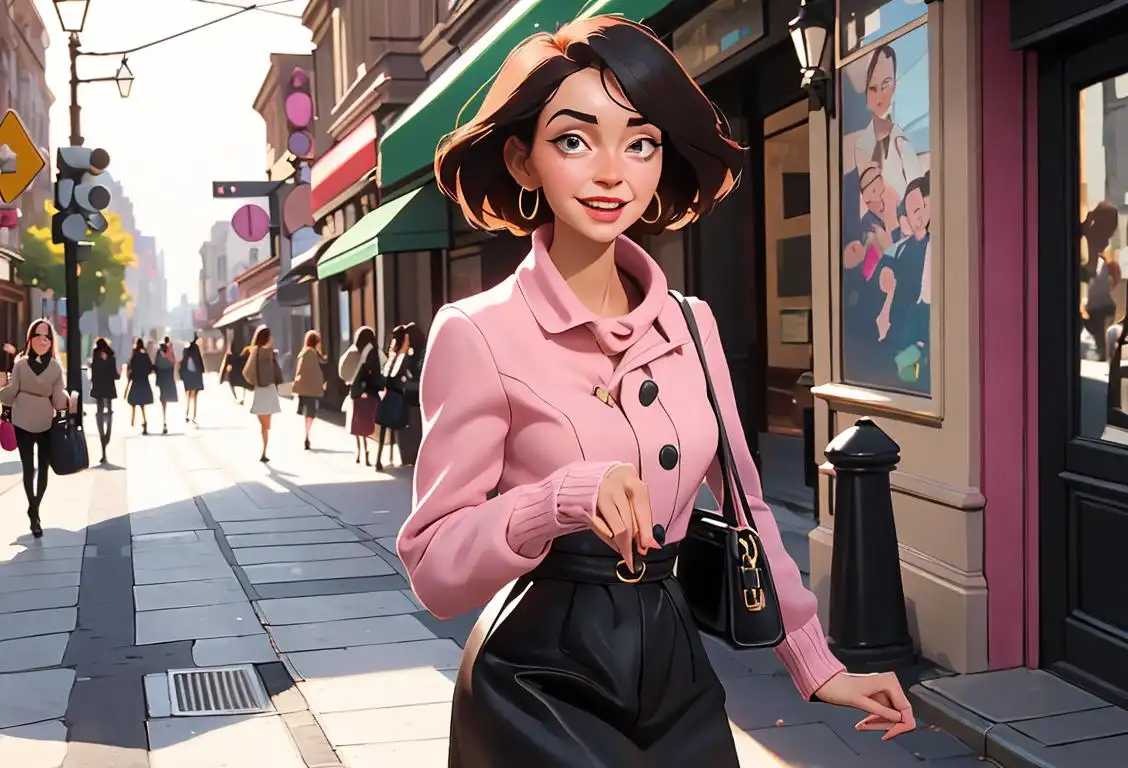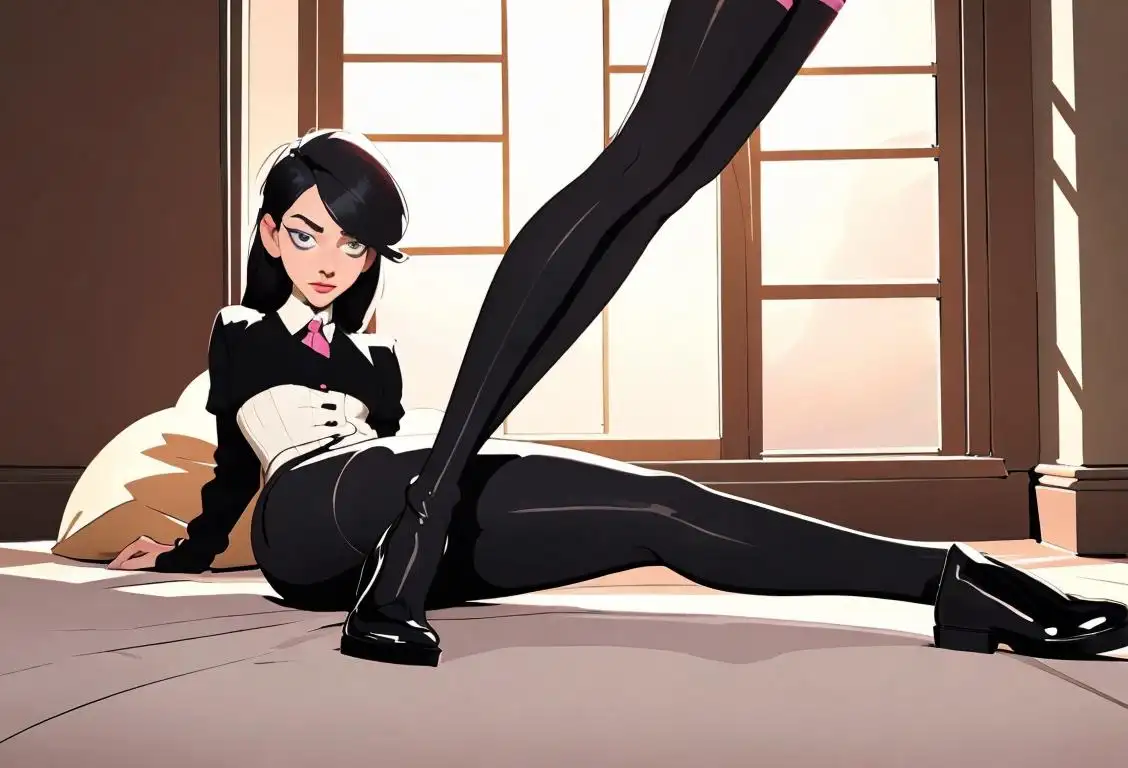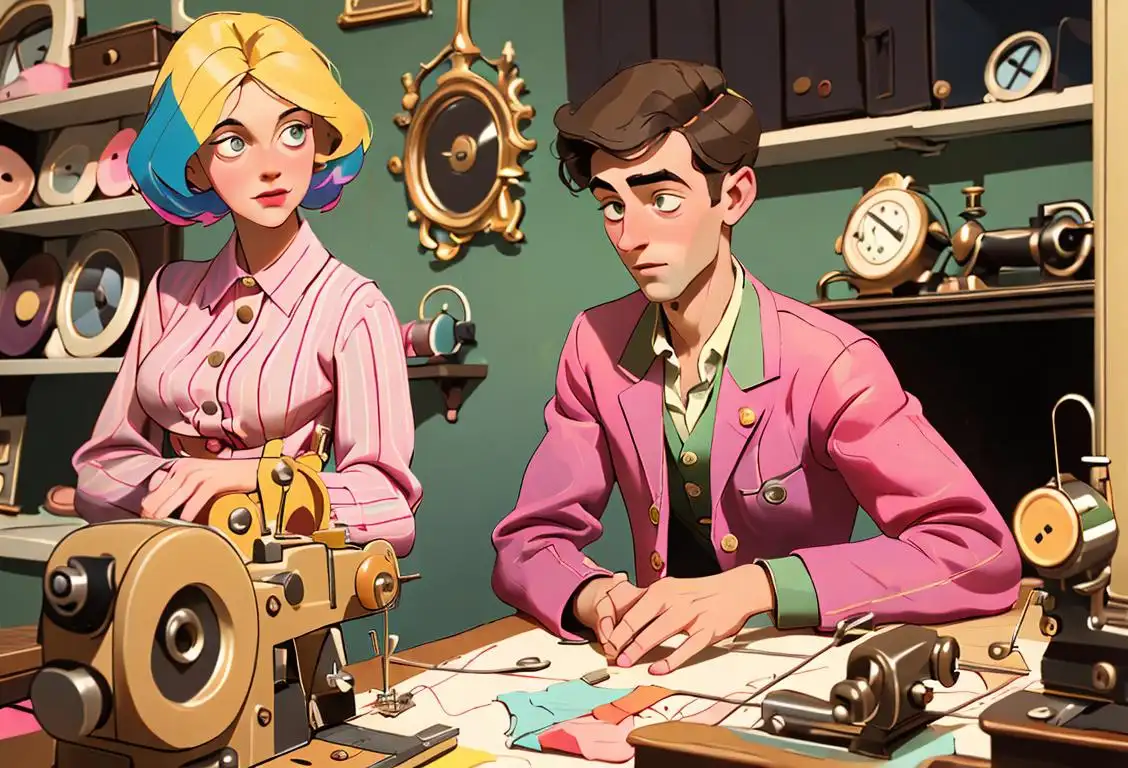National Jewelry Day

Are you ready to sparkle and shine? It's National Jewelry Day! Get your glitter on and let's dive into the fascinating world of bling-bling and baubles.
When is Jewelry Day?
It's national jewelry day on the 13th March.
Whether you're a fan of precious gemstones or costume jewelry, National Jewelry Day is the perfect occasion to celebrate all things shiny and accessories that make you feel like a million bucks. So, grab your favorite pair of earrings, put on that statement necklace, and let's explore the history and significance of this glitzy holiday.
The Birth of National Jewelry Day
Like many national days, the exact origin of National Jewelry Day is a bit of a mystery. However, it's safe to say that humans have been adorning themselves with jewelry for thousands of years. From ancient civilizations to modern times, jewelry has always held a special place in our hearts, symbolizing status, crafting beautiful heirlooms, and adding that extra touch of sparkle to our lives.A Sparkling Internet History
Thanks to the internet, we can now connect and share our love for jewelry with people around the world. Social media platforms like Instagram and Pinterest have become treasure troves of eye-catching jewelry designs and fashion inspiration. On National Jewelry Day, you'll find enthusiasts and jewelry brands alike flooding the internet with stunning photos, helpful tutorials, and exciting sales to make sure you can shine brighter than the sun.Fun Fact: Diamonds Are Forever
Did you know that diamonds, the hardest natural substance on Earth, were formed billions of years ago under intense heat and pressure? These sparkling gems are a symbol of love and endurance, making them popular choices for engagement rings. They also have industrial uses due to their exceptional hardness. So, the next time you see a diamond, remember that it's not just a pretty gem, but a testament to the incredible forces of nature. Let's celebrate National Jewelry Day by getting creative with our accessories, exploring new trends, and appreciating the beauty of gemstones. Whether you prefer dainty bracelets, bold cocktail rings, or elegant necklaces, jewelry allows us to express our individuality and adds a touch of glamour to any outfit. So, go ahead and sparkle your way through the day!History behind the term 'Jewelry'
1500 BCE
Ancient Beginnings
Jewelry has roots that trace back to ancient civilizations. The earliest known forms of jewelry date back to around 1500 BCE, during the time of the Egyptian and Mesopotamian civilizations. These early pieces were crafted using natural materials such as stones, shells, bones, and feathers. Jewelry held both practical and symbolic significance in these societies, worn to adorn the body and represent social status.
300 BCE
Goldsmiths and Gemstones
During the Hellenistic period in ancient Greece, jewelry making began to flourish as a specialized craft. Goldsmiths emerged as skilled artisans, known for their intricate designs and expertise in working with gold. Gemstones also gained popularity during this time, with precious and semi-precious stones like amethyst, emerald, and garnet being incorporated into jewelry pieces.
14th-17th century
Renaissance Elegance
The Renaissance period saw a revival of interest in the arts, and jewelry became an important medium for self-expression. Designers and artisans during this time embraced natural motifs, incorporating flowers, leaves, and animals into their creations. Gem cutting techniques improved, enhancing the brilliance of gemstones. Notable jewelry styles included elaborate necklaces, brooches, and earrings adorned with pearls, diamonds, and rubies.
19th century
Industrial Revolution and Mass Production
The Industrial Revolution brought significant advancements to the jewelry industry. With the introduction of machines and mechanized processes, jewelry production became more streamlined and efficient. The rise of mass production led to increased accessibility, making jewelry more affordable and available to a wider range of social classes. This period also witnessed the emergence of costume jewelry, made with imitation gems and inexpensive materials.
20th century
Art Nouveau, Art Deco, and Contemporary Trends
The 20th century witnessed various artistic movements that influenced jewelry design. The Art Nouveau style, characterized by flowing lines and nature-inspired motifs, gained popularity in the early 1900s. This was followed by the geometric and streamlined designs of the Art Deco movement in the 1920s and 1930s. Contemporary jewelry design embraces a diverse range of styles, from minimalist to avant-garde, incorporating innovative materials and techniques.
Did you know?
Fun fact: Did you know that Cleopatra had a reputation for her extravagant jewelry collection? She believed that her dazzling accessories brought her power and beauty, and she certainly knew how to make a statement with her style!Tagged
fashion accessories glitter sparkleFirst identified
13th March 2015Most mentioned on
13th March 2017Total mentions
349Other days
Jewelry Day
Hand Bag Day
Handbag Day
Earmuff Appreciation Day
Legwear Day
Backpack Day
Bandanna Day
Button Day
Fanny Pack Day
Bucket Hat Day








